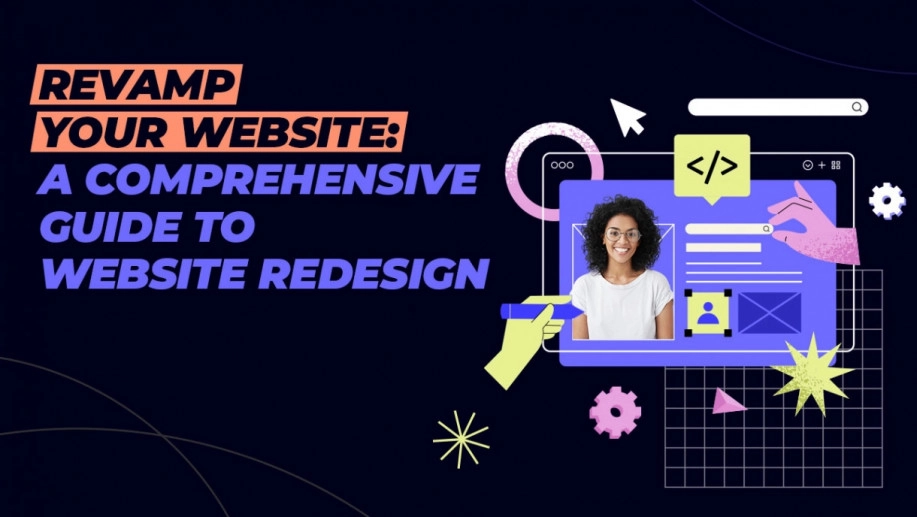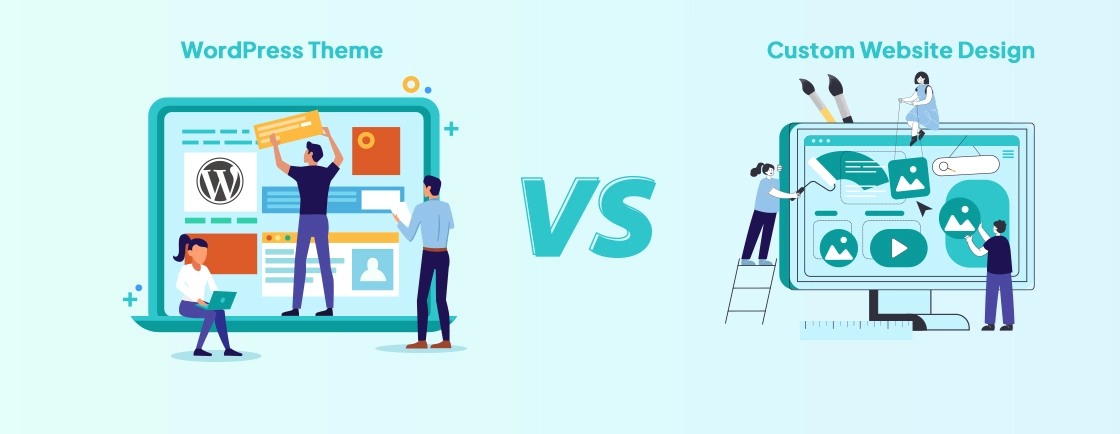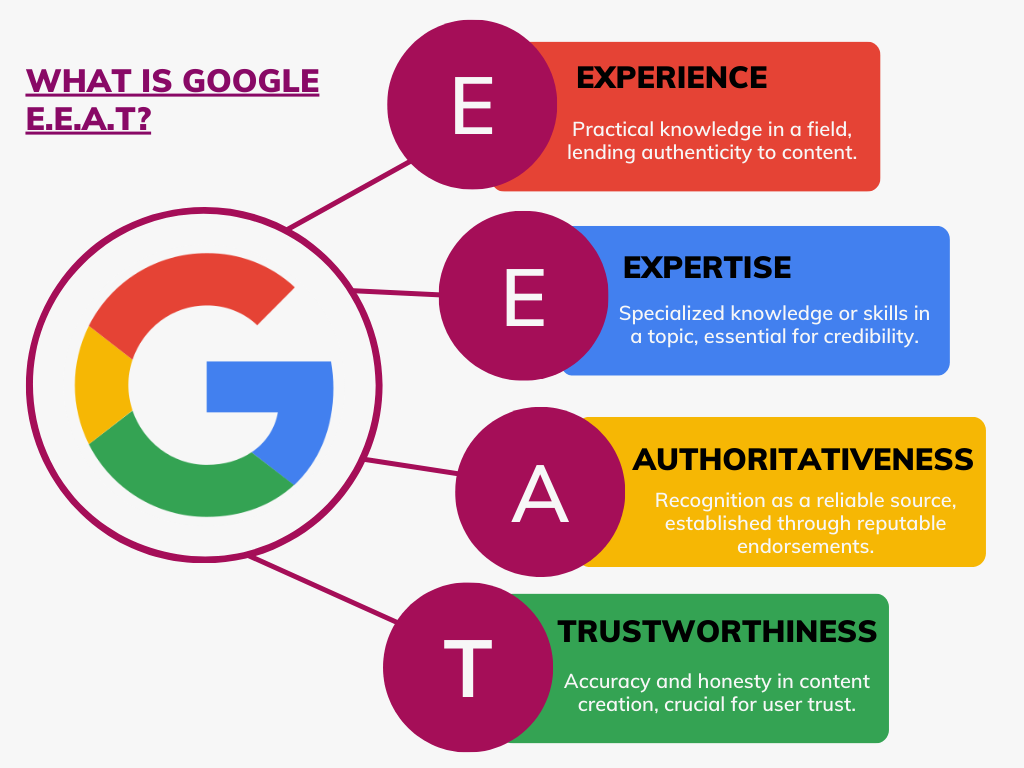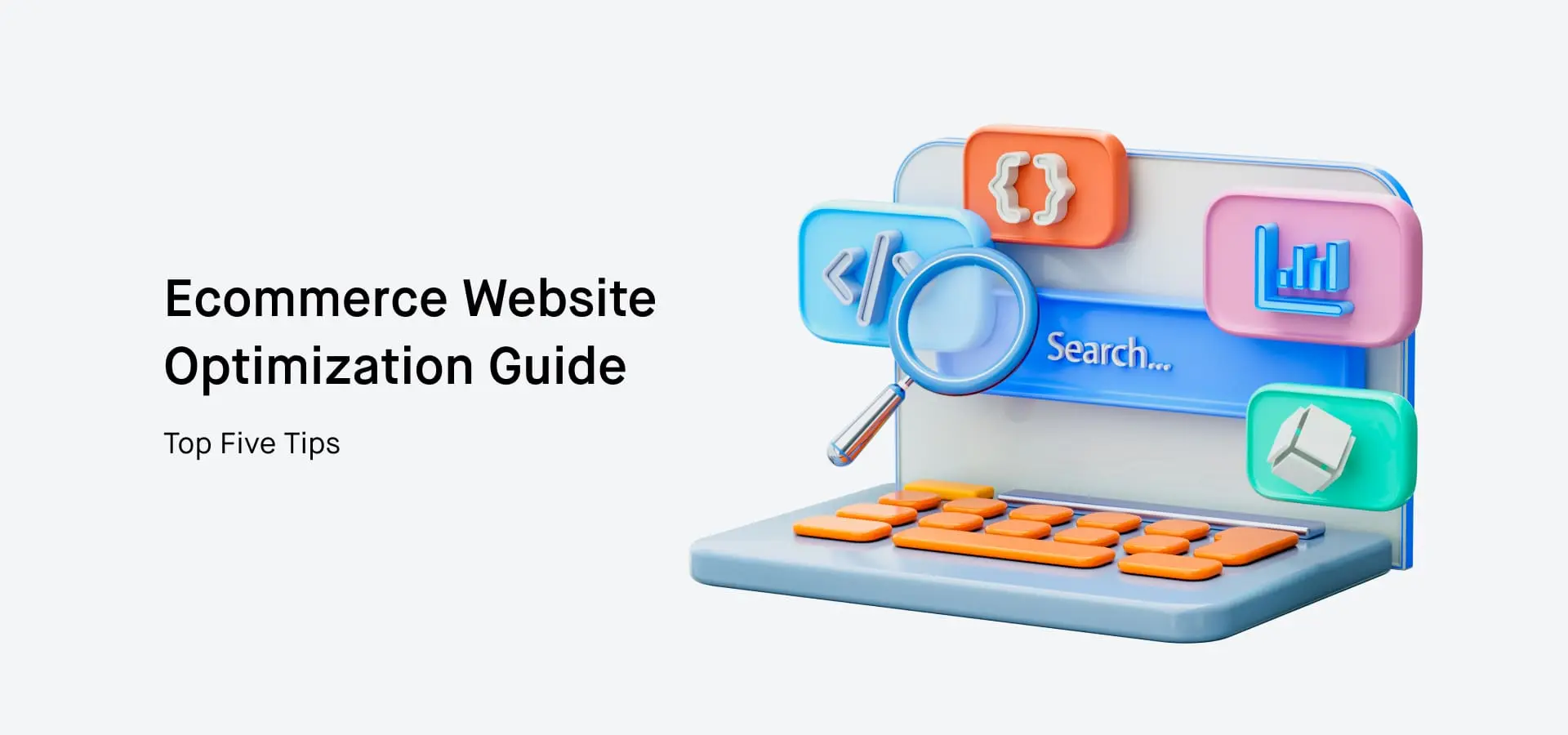How To Ensure A Successful Website Redesign – A Detailed Guide

A great website design is responsible for setting the first impression of your brand.
According to stats, it takes only 0.05 seconds for a customer to form an opinion about your business!
Trends, behaviors, and preferences are the key elements on which every industry relies. Their rapid changes are often what sets a customer’s perspective.
And when it comes to the website design industry? User expectations are rising daily based on technological advances.
So if your website feels outdated or slow, this is your time to execute a redesign!
But there are certain points that you need to think about before you start.
The right planning ensures that the time and money invested bring in some real results.
Keep reading to get some results that are beyond just a visual update.
The Need For A Website Redesign
Did you know that 90% of the visitors will immediately exit a poorly designed website?
This is the reason you need to understand and work on every minor detail associated with your website design. But before that, you need a clear picture.
The question is, what is missing from the website? What is that one factor that you need to plan a strategy for?
Identifying the common issue will help you align the objectives and your budget.
The most common reasons are:
| Factor | What Happens |
| Slow loading times | Poor performance increases the bounce rates. |
| SEO issues | Your site is not ranking high due to a lack of optimization. |
| Mobile friendly | The site doesn’t work on mobile phones. |
| No conversions | Lack of call to actions or a sales strategy. |
| Confusions | A poor UX design makes it difficult for visitors to navigate the website. |
| Brand identity | The theme and tone of your website don’t represent your brand anymore. |
Understanding these reasons and then consulting professional website redesign services will help them in creating a highly effective strategy for your site.
Here is everything you need to consider before beginning the redesign process:
1 Analyze The Current Site
Before diving into solutions, you need to figure out the actual problem. So make sure to invest your time in auditing your existing website.
This step is crucial for a reason. It ensures that you fix areas that require improvement without making unnecessary changes to something that is already working perfectly.
Here is what you need to analyze,
- What are the traffic analytics for each page?
- How is your content performing in the search engines? Is it ranking well?
- Which pages are contributing to higher conversion rates?
- How is the technical health of your website? What are the loading times for the pages?
Tools like Google Analytics and Google Page Speed Insights can provide deeper insights into user behavior and issues on the website.
2 Define Your Goals For The Redesign
Defining your objectives is necessary. They will help in monitoring the real impact of the process.
Most of the goals include,
- Generating more leads
- High organic traffic
- Improving the user experience
- Increasing sales
- Improving the page loading times
Make sure to quantify your goals. This will provide a clear picture during the post-launch analysis. For instance, you can say, “Increase conversion rates by 20%”.
3 Know What Your Audience Needs
Redesigning is about giving your website a chance again. At this stage, you should never forget what your audience wants from you.
If you fail to recognize the target visitors and their needs, the redesign will serve no purpose.
Make sure to:
- Research about your primary visitors
- Understand their queries and what brought them to your website
- Know what devices they use. Mobile phones? Laptops? Tablets?
- What is their engagement with various types of content? Which one do they prefer?
This will ensure that your website, created by reliable website designing services is not only visually appealing but also connects with the audience on a deeper level.
4 Research Competitor Websites
Competitors and industry trends are two of the most crucial things you should never forget about during your website redesign.
Make sure to analyze the:
- Design features used by the competitors
- Structure for navigation that impacts the user journey
- Content used on various pages
You need to integrate features and designs that represent your brand. Instead of copying the trends, stay updated with them and make timely changes to ensure your website doesn’t look outdated.
5 Create A Team And Set Budgets
A website design is not limited to a designer. Instead, the team comprises people belonging to various departments such as:
- Marketing
- Sales
- Content
- Customer support
You need to ensure that every member is aware of the project timeline and shares the same goal. Make sure to avoid miscommunications and use clear communication pathways to keep everyone on the same page.
Moreover, setting a budget ensures that you are prepared to pay and receive quality work on time.
6 Focus On Mobile Responsive Designs And SEO
According to research, 67% of users prefer a site that is mobile-friendly. A mobile-friendly website is turning into a necessity for businesses.
Moreover, missing out on SEO is like putting all the effort into a project but hindering it from getting the results of those efforts.
So make sure to:
- Use clean URL structures
- Integrate keywords in titles and meta descriptions
- Use mobile-responsive designs
- Focus on accessibility for users with unique needs
A great design has no worth if it doesn’t consider its audience or show up in search engines. This is the reason you need to add value through SEO optimization and mobile-first designs.
7 Prepare Content In Advance
Content is the heart of a website. A website with pretty designs will capture the attention of the visitors. But what is going to ensure that these people spend more time on the website? Yes, that is the job of your content.
Poor content could disappoint people. However, some meaningful words can drive purchase decisions!
So make sure to:
- Review headlines, CTA, blog posts
- Rewrite or eliminate words with no impact
- Prepare content in advance to avoid end-of-moment hassles
Improving your content can do wonders for your website by conveying your message more effectively to the audience.
8 Test Before Launch
A website launch comes with no second chances. What people assume at first glance is going to stay in their minds forever!
So make sure to test the performance of your website before launch.
Here is what you need to do:
- Check the loading speed of your website. Is it fast enough?
- Can people with disabilities navigate your website?
- Is the site working smoothly on various devices?
- How is the functionality? Are the forms, links, and buttons working on all browsers and devices?
Remember, if everything looks great, you should still continue to monitor the performance for any issues. Tools like HotJar can help you instantly spot any issues and work on immediate fixes.
9 Plan Your Launch
Launches can be exciting! But for that, you need to tell people that your website is getting a new look.
Make sure to:
- Inform people through your social media channels that your website is getting better
- Track your website progress closely in the first few days
- Launch when low traffic is expected to avoid crashes
Before launch, you can also choose to take feedback from a few people from your audience. A different pair of eyes could provide a fresh perspective and analyze inconsistencies that you didn’t know before.
FAQs
1) What is the main goal of a website redesign?
The main goal of a website design is to meet evolving user needs by improving website functionality, performance, and focusing on creating a user-centric design.
2) How will a website redesign impact my SEO rankings?
A website redesign can improve your SEO rankings only if it is planned and executed the right way. Make sure to conduct a detailed audit, preserve high-quality content and backlinks, adjust technical SEO elements, map out URL changes, and use mobile-responsive designs.
3) How can I make sure my website redesign is successful?
To ensure that your website redesign is successful, you need to define KPI’s, know your audience, and prioritize user experience with fast loading times, along with executing an SEO strategy. Moreover, your website should be accessible to all users, and you need to continuously monitor your website to make timely improvements.
Final Word
Website redesign is one of the most fun yet stressful parts of your business! But remember, it shouldn’t be only about improving looks, but enhancing how people actually feel about your page. All you need to do is begin by auditing your website and then follow the steps above to transform your website. Using the right strategy, planning, and execution, you can boost your online performance, attract new customers, and drive real business results!






